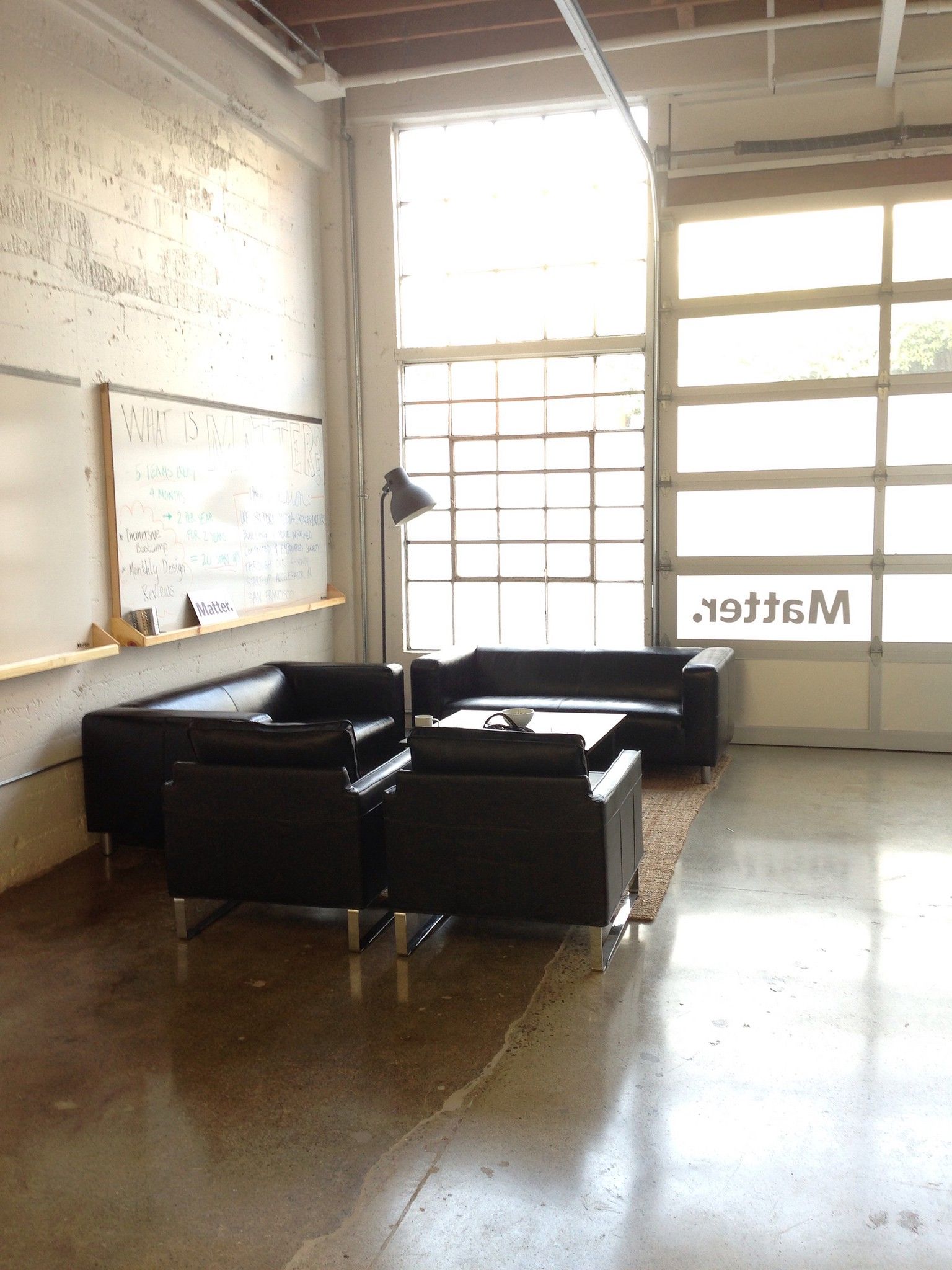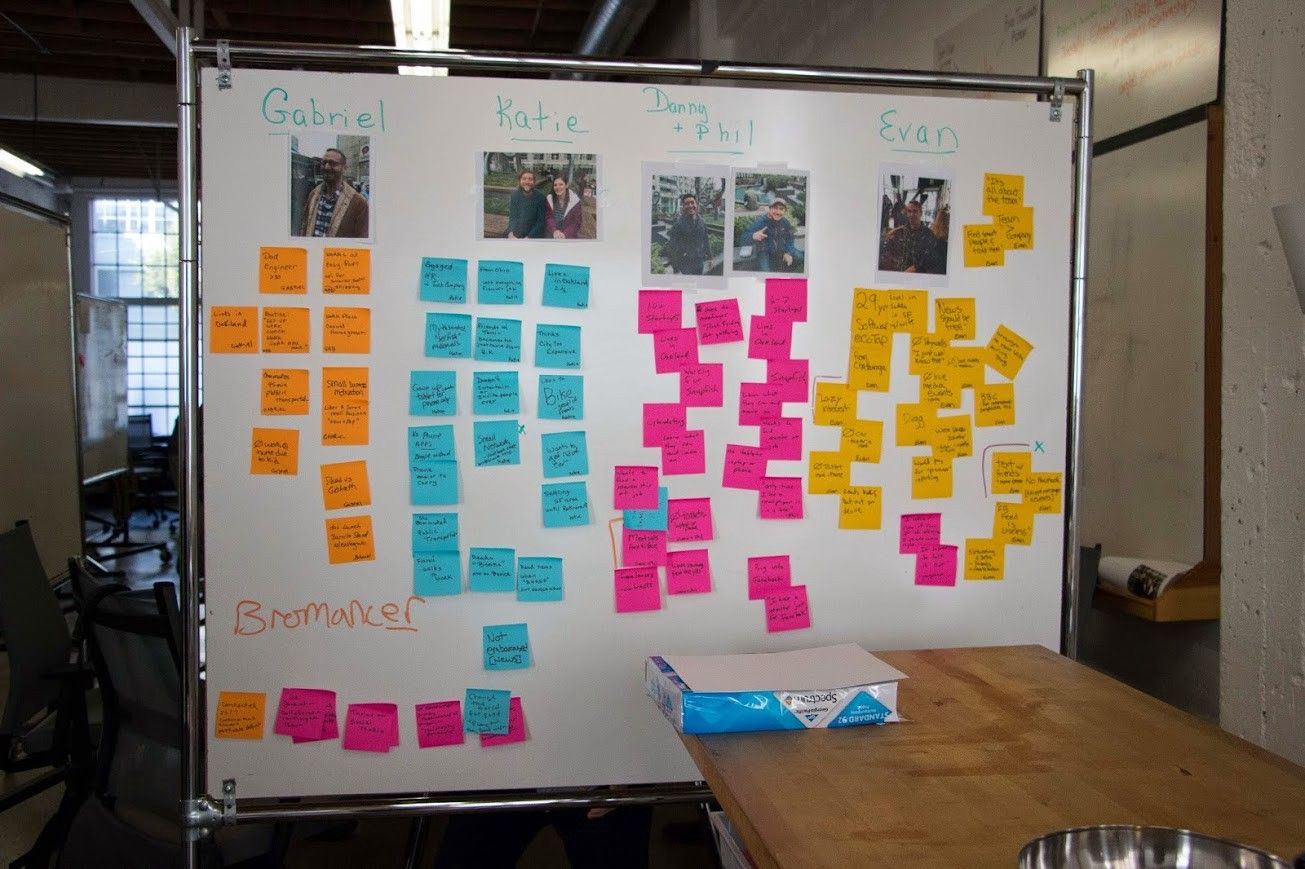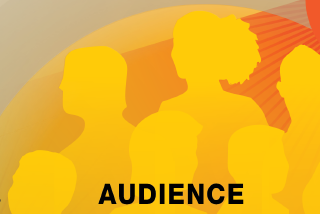The power of empathy

KQED is a co-founding partner in Matter, a San Francisco based startup accelerator supporting early stage media entrepreneurs. As a KQED staffer, I recently was able to go through the design-thinking boot camp that the entrepreneurs experience.

Matter leverages a human-centered, prototype-driven process pioneered by David Kelley, IDEO and Stanford’s d.School. This design thinking approach starts with empathy.
So just a few hours into our week-long boot camp we were out of the building, interviewing complete strangers about their lives, their aspirations, and most importantly, their needs. One of the key goals of this part of the process is “need finding” — uncovering explicit or implicit needs that ultimately might lead to a new business, or evolving an existing one.
I was surprised to the degree that people were willing to open up and share. Within a couple hours we had done several in-depth interviews, and when our five groups returned to Matter, as a class we had a dozen profiles and insights from people from diverse backgrounds, experiences and perspectives.

At KQED, we’ve worked to bring empathy interviews into a variety of areas of our organization. Last Spring, at the KQED Board retreat held at Matter, we “surprised” Board members by bringing in a group of audience members, and asking Board members to spend the midday doing need-finding interviews and prototyping how KQED might adapt to better serve their needs.

KQED’s strategic plan, developed over the summer, places the changing needs of the Bay Area audience at the center of the plan, and is represented at the center of our graphic overview which is in large posters throughout KQED. We’ve also incorporated empathy interviews into our product development process, such as our new arts activities recommendation service The Do List.
Matter Director Corey Ford gave us a number of tips for doing need-finding interviews, including:
Be curious
Listen with your face — be expressive, interested. Have your partner take notes so you can focus on the interviewee.
Get stories
Stories can bring out implicit needs, and they put needs in context. Good opening lines include: “Tell me about the last time you…,” “Tell me the story of X starting with, I got out of bed and…”.
Get a photo
If they are OK with it, take a photo so you can associate a specific face with your notes, it is also much more compelling when sharing out with the other teams.
Debrief
Do a quick debrief and write up highlights after each interview. Otherwise it is easy to blur which interviewee said what.
KQED’s involvement in Matter has not been just to support the entrepreneurs, but to learn from them and the Matter process as well, especially in areas that enable us to better understand and serve the needs of our audiences.

